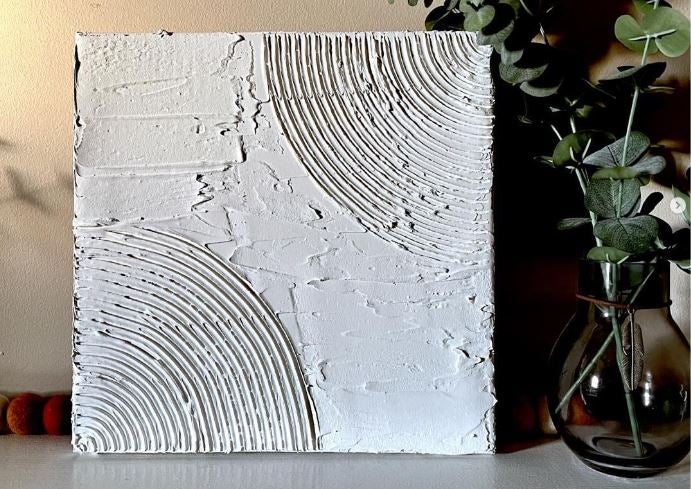This element is something that is three-dimensional and encloses volume, having length, width, and height, versus shape, which is two-dimensional, or flat.

Form
This term is commonly used to describe the finished results of clay products.

Ceramics
separate parts working together in a composition. In an artwork, this creates a sense of harmony and wholeness by using similar elements and placing them in a way that creates a feeling of “oneness.”

unity
This is an oven or furnace for hardening, burning, or drying something.

Kiln
This other word for color is a gradation or variety of a color or tint. the property of light by which the color of an object is classified as red, blue, green, or yellow in reference to the spectrum.

Hue
This element is defined as an identifiable path created by a point moving in space. It is one-dimensional and can vary in width, direction, and length. Lines often define the edges of a form.
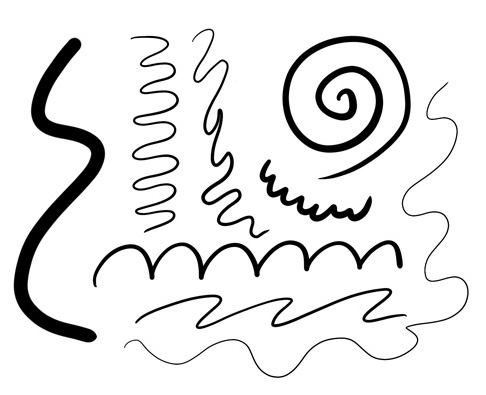
Line
For centuries sculptors have also used this material as a procedural material for making molds before executing a final artwork in more permanent mediums like bronze. It comes in a powder form and when water is added to it, it becomes hardened.
Plaster
This principal refers to the dimensions of a composition and relationships between height, width and depth. How it is used will affect how realistic or stylized. This also describes how the sizes of different parts of a piece of art or design relate to each other.
proportion

Wedging
These are the basic colors that can be mixed together to produce other colors.

Primary colors
This element refers to the visual and tactile surface characteristics that are added to a work of art. It refers to the physical appearance or feel of an object, and can be seen through bumps, ridges, grooves and other physical details.
Texture
This material is used to give clay its shiny coating. It also makes the clay food safe.
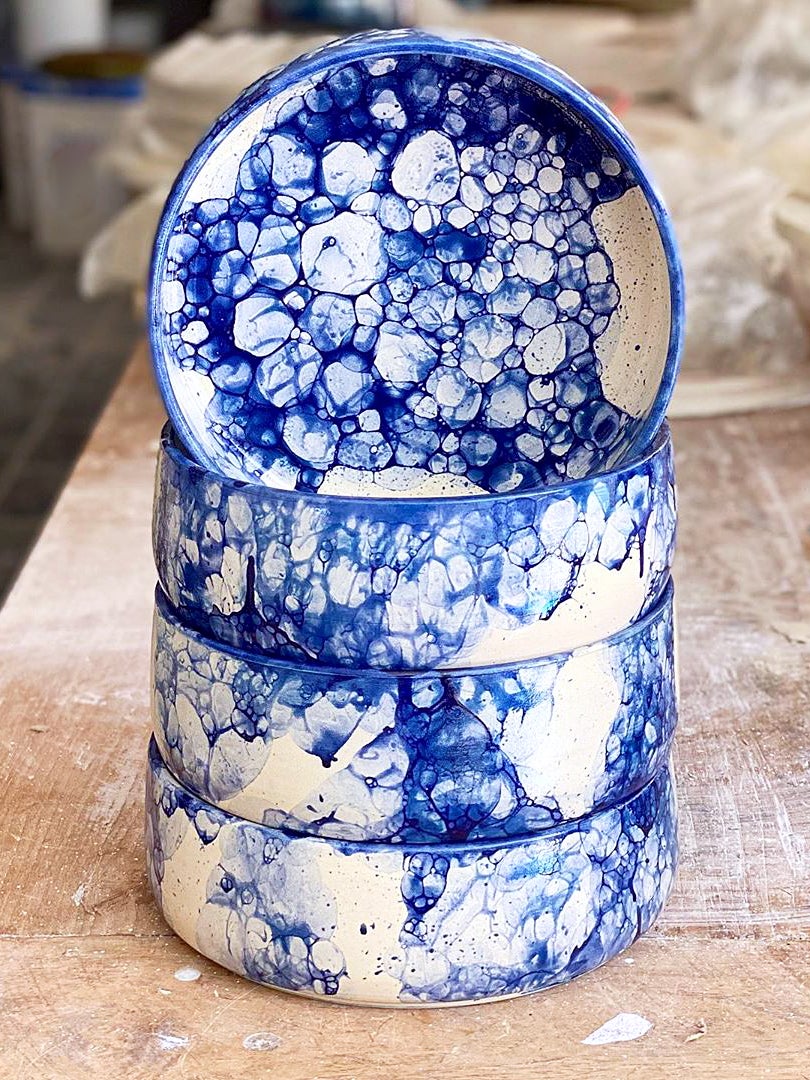
Glaze
This principal refers to how artists and designers add complexity to their work using visual elements. Contrast, difference and change, and elaboration all add visual interest to an artist's work.

Variety
This a type of sculpture usually designed to stand alone. The sculptor must design and sculpt it with the notion that a viewer could be standing at any angle to view it.

In the Round

Tint
This element of art deals with the depth, width, and height of an object. It also refers to the area around, under, over, and behind, as well as, the object it's self and the area around the object.

Space
This is the most popular metal for cast metal sculptures. It can be used for statues, singly or in groups, reliefs, and small statuettes and figurines, as well as elements to be fitted to other objects such as furniture.

Bronze
related to pattern and movement this principal in art is the visual or auditory pattern created by repeated shapes, elements, colors, sounds, and movements. It is used to create a sense of flow and connection within a work of art, as well as draw attention to certain areas of the composition.
:max_bytes(150000):strip_icc()/GettyImages-175494455-5accdc37fa6bcc00361d547d.jpg&usqp=CAU)
Rhythm
This is used to describe the central idea or topic of a piece of creative work. This is what gives any piece of art its meaning and what allows viewers to engage with it on a deeper level, whether it be a painting, sculpture, or photograph.

Subject matter
A color created by mixing a primary color with the secondary color next to it. These colors include red-orange, yellow-orange, yellow-green, blue-green, blue-violet, and red-violet.

Intermediate colors
Although this is not an element of art, this refers closely to the element of space. It is the Space that the object consumes as well as the area round the object itself.

Positive and Negative space
A radical and outrageous approach that challenges the meaning of art by using everyday objects as its medium. Explore how this movement influenced Dadaism, Surrealism, Pop Art, and other art movements
Found Object
Closely related to unity this is a principle of art that refers to how well all the visual elements work together. Elements that use this principal should have some kind of logical progression or relationship. It should just look like it works.
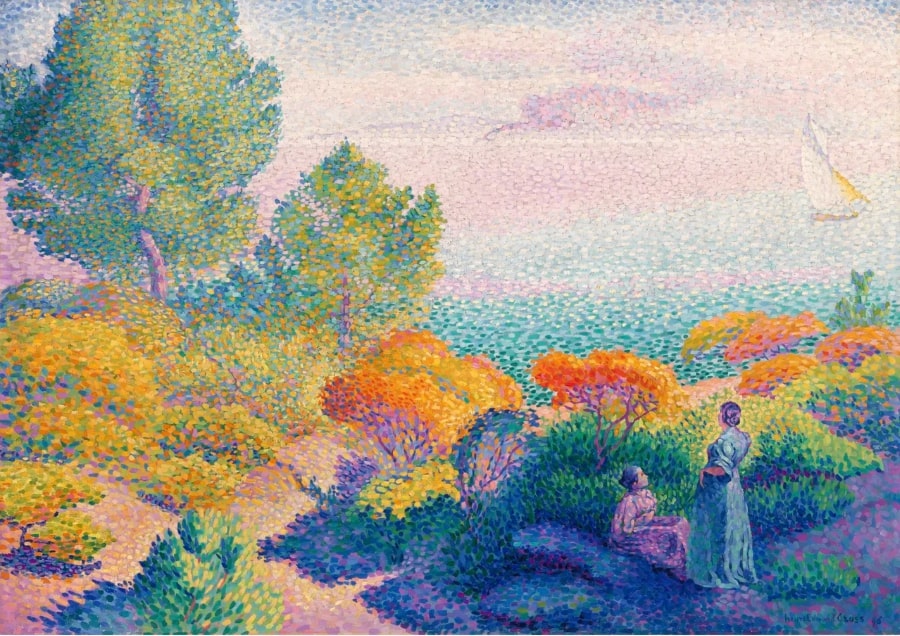
Harmony
This art is used to describe large-scale, mixed-media constructions, often designed for a specific place or for a temporary period of time
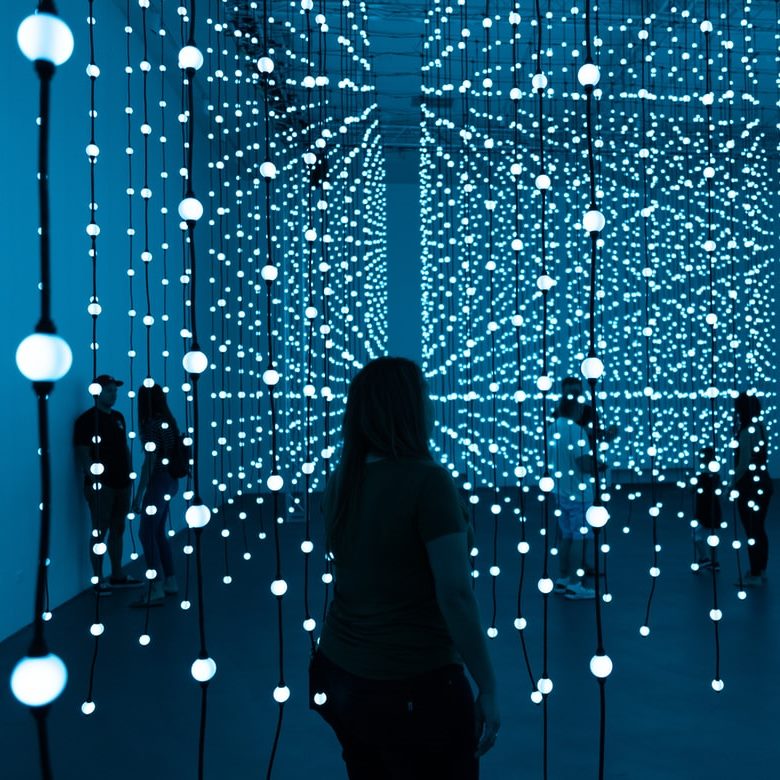
Installation
These color combinations created by the equal mixture of two primary colors. On the color wheel, these colors are located between primary colors.

Secondary colors
